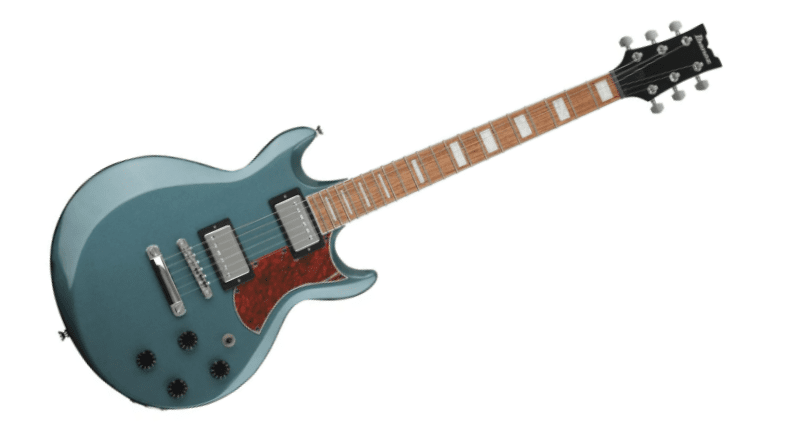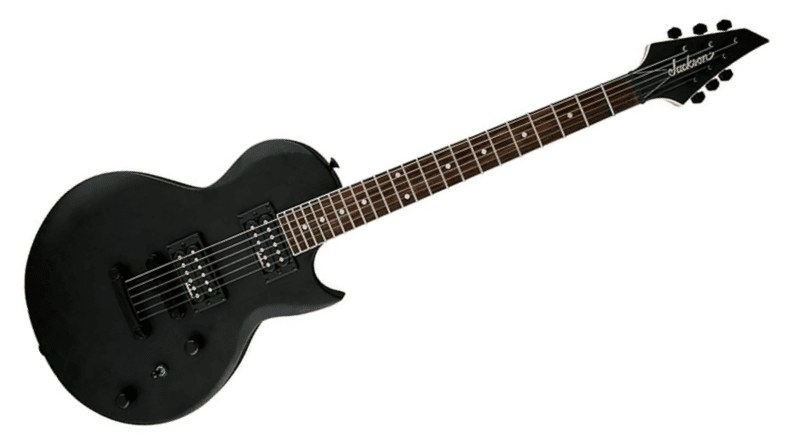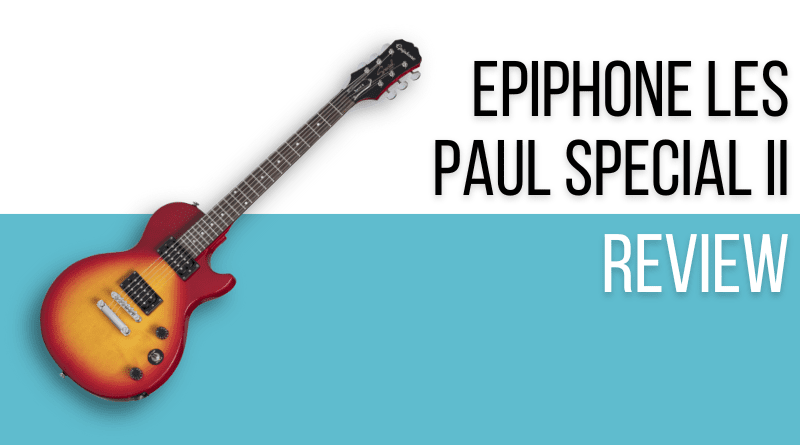Ever since its initial introduction in the late 1950s, the Les Paul Model guitar has spawned countless iterations spanning the entire price range, from tens of thousands down to just a couple of hundred dollars.
One such low budget version, the Epiphone Les Paul Special ii has been a particular favorite for a number of years. This is an entry level model that offers many key components of the legendary formula that has made the Les Paul such a runaway success during its production run.
In this KillerGuitarRigs Review we spent time with the Epiphone Les Paul Special ii to try and get to learn a bit more about this popular beginner’s model. We focused specifically on the construction and build quality, how comfortable it was to play, and how it sounded.
If you’re in the market for a cheap Les Paul, you will definitely want to keep reading!
Read more about our review process.
Contents
Who Is This For?
The Epiphone Les Paul Special II is a budget model, selling for under $250 at most retailers. We definitely think that it’s best suited to newer players – it offers a great platform for learning the fundamentals, but more experienced guitarists may find limitations in the construction and electronics selection.
Appearance / Features / Controls
Our loaner guitar came to us in Heritage Cherry Sunburst, which we thought looked quite nice. If this lighter burst isn’t your thing, it’s also available in Ebony, and Vintage Sunburst finishes. In the case of our test model, the finish was well applied, with a nice even transition on the burst, and no overspray or drip to be seen anywhere.
It had an okoume body, and while this isn’t exactly to Les Paul specs, this is still a very similar wood to the mahogany traditionally used in making Les Pauls. It had a thinline slab style body, with a single cutaway, and of course, the classic Les Paul silhouette. Because the body was so thin, the weight was kept way down compared to traditional versions of the LP, which is another plus for newer players.
The bolt on neck was also made with okoume, and had a SlimTaper C profile. This is a shape used on a lot of Epiphone models, especially entry level guitars, primarily to do its incredible forgiveness and comfort.
One of the most incredible features was the use of a genuine rosewood fretboard. We love rosewood boards at KGR, and as they’re becoming increasingly rare on budget guitars, we’re always stoked to find affordable models with this premium wood. As expected, it looked great, and felt even better.
The fretwork was definitely passable. We wouldn’t go so far as to compliment it, but there were no sharps, and it was all level, and definitely playable. The main issue was grittiness in the crowns, which should partially resolve with use. This would be a definite limitation for more experienced players, though.
With the exception of the tuners, the hardware found that the hardware was above average for the price point. It didn’t feel like the cheap pot metal usually found on guitars under $250, and the fact that it had an easy to adjust tune-o-matic bridge and a stopbar tail piece went a long way to adding to the real Les Paul feel.
As for electronics, the Special was equipped with 2 super hot Epiphone open coil humbuckers. It had a single volume and single tone control, and a 3 way selector switch. Of course, this layout doesn’t deliver quite the same tonal range as a 4 pot Les Paul, but for beginners it should still be more than sufficient.
Performance / Sound
We found that the Les Paul Special II offered superb comfort and playability, especially for newer players. It was incredibly lightweight, which made it much easier to hold for prolonged periods than a standard LP.
As briefly mentioned above, the hardware was mostly of solid quality, but we didn’t particularly care for the tuners. Epiphone equipped this model with their keystone style tuners, which we found to have excessive play, and with a 14:1 ratio, they made tuning a very slow process.
The use of okoume kept the tones warm and rich, just as they should be with a Les Paul. It paired well with the hot pickups, and kept the tonal balance in check, which was a pleasant surprise.
With the selector in bridge only, it gave us some awesome lead tones that we were really happy with. They were clear, even when played with high gain, and we didn’t find them to be overly brittle. The neck position, however, was a little muddy, even with the tone knob dimed.
We also found that the pots presented some issues. Once again, they were more than adequate for the average beginner’s needs, but more advanced players who might rely more on their tone and volume knobs will find that the lack of a clean swell from 0-10 limits creative possibilities.
Other Guitars to Consider
While the Epiphone Les Paul Special II is a great option, there are still more fantastic guitars to consider. Take a look at these alternative options below.
Ibanez AX120

The Ibanez AX120 is modeled after the doublecut version of the Les Paul, and for around the same price as the Epiphone Les Paul Special II, you’re getting something more akin to a full featured model. It features individual tone and volume knobs for both pickups, a nicely contoured poplar body, and a fantastic Ibanez neck.
Jackson Monarkh SC JS22

The Jackson Monarkh SC JS22 is a powerhouse of a guitar. It’s built on the classic Les Paul platform, but it still manages to avoid being a straight clone. The matte finish looks simply fantastic, and the contoured top and back make it, ergonomically speaking, very comfortable to play. The electronics are extremely impressive for this price point, and all in all, it really represents excellent value (hence it being the budget winner in our roundup of the best cheap Les Pauls).
Final Thoughts on the Epiphone Les Paul Special II
The Epiphone Les Paul Special II is a great way for beginners to get into the Les Paul ecosystem on a tight budget. It’s a solid, well made model that will help students to learn the basics before progressing to more advanced models, and for that reason, we would gladly recommend this guitar.
When it comes to establishing whether or not this guitar really hits the mark as a Les Paul, we’d still say yes. Feel and playability wise, it reminded us of the Gibson Les Paul Junior, and despite its shortcomings, it still sounded like a Les Paul.


